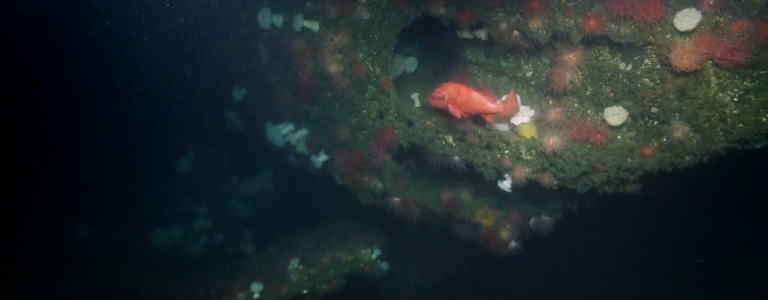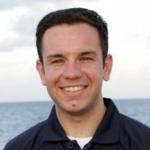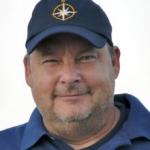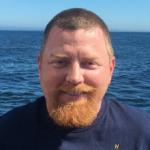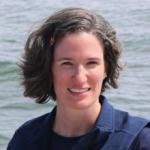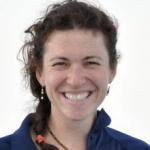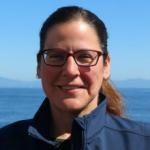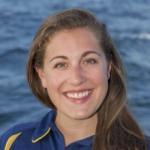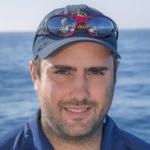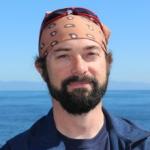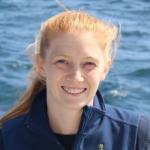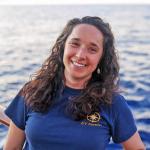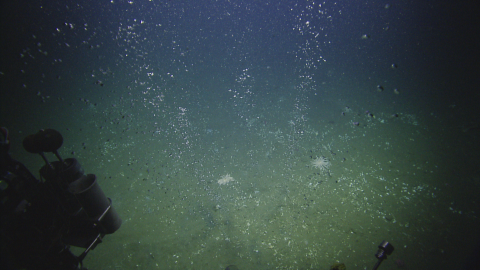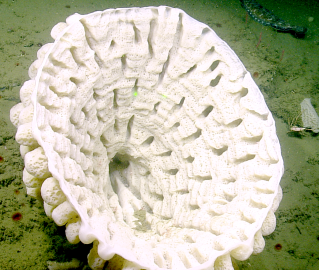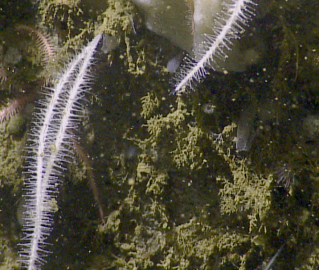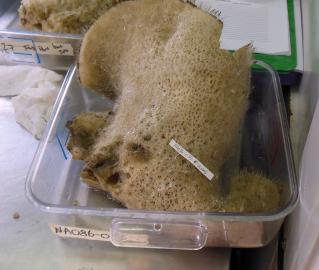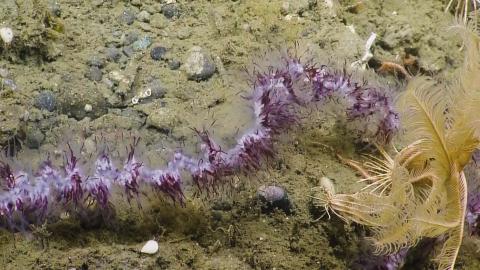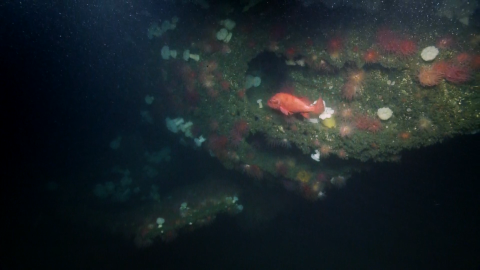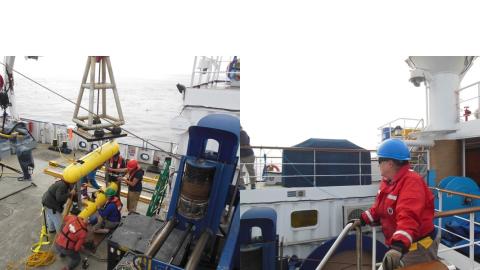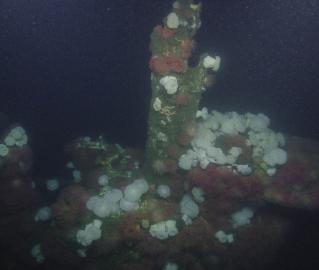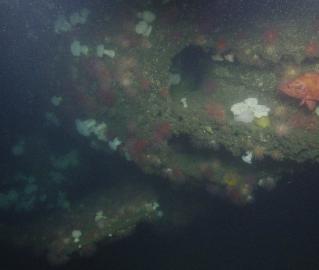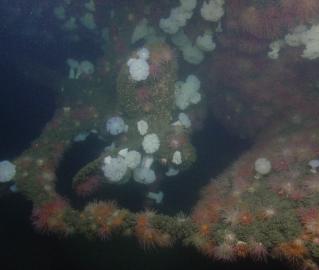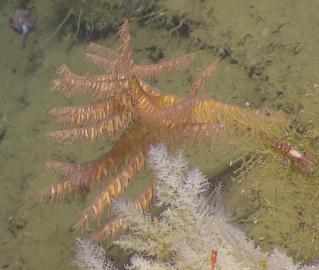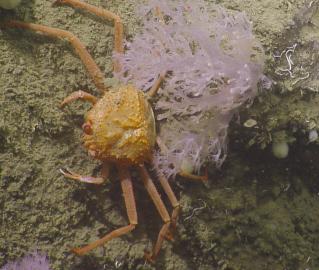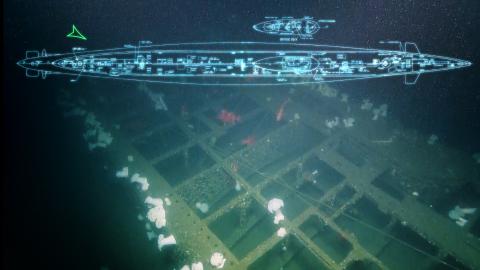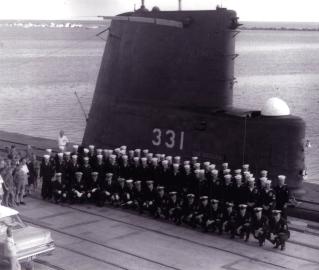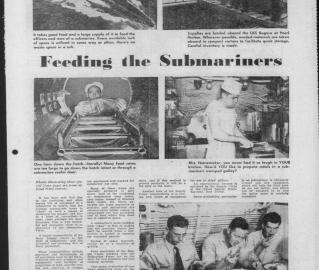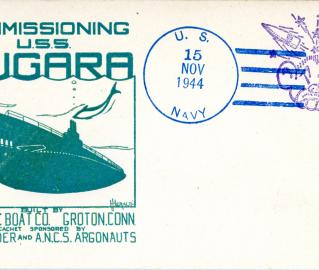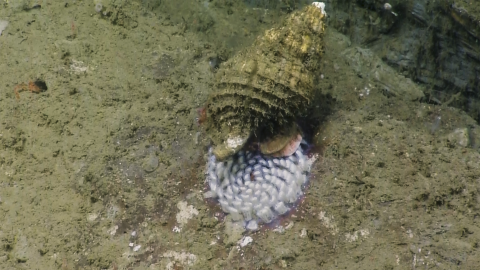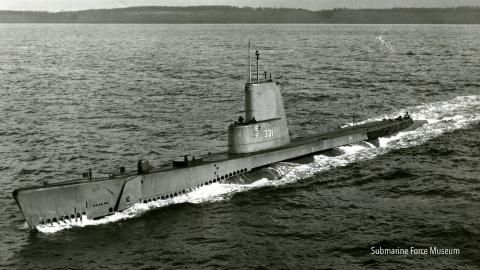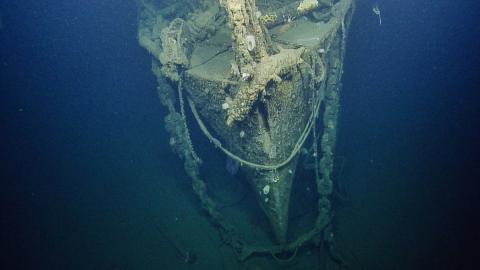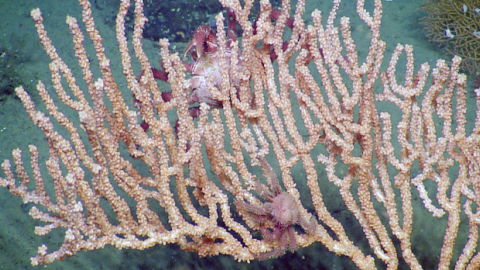Returning to the Pacific Northwest, Nautilus will launch an expedition with dual objectives in Olympic Coast National Marine Sanctuary, covering 3,189 mi2 of coastal and offshore waters along one of the least developed coastlines of the continental US. Though mapping efforts have helped to characterize seafloor substrates in some portions of the sanctuary, only very small portions of the sanctuary have been visited or photographed. Quinault and Quileute Canyons have never been explored by ROV or AUV, but are areas of high interest to expedition scientists from NOAA's Northwest Fisheries Science Center and Olympic Coast National Marine Sanctuary as well as to the Quinault Indian Nation and Quileute Tribe, two of the four native American tribes that have protected treaty rights to marine resources in this region.
Overall, the objectives are to explore and characterize seafloor resources and features of the Olympic Coast National Marine Sanctuary that are associated with three prominent submarine canyons: Quinault Canyon, Quileute Canyon, and Juan de Fuca Canyon. Resources to be explored through AUV and ROV deployment include biogenic, habitat-forming (deep sea coral and sponge) benthic communities and associated species, and possibly methane seeps, hundreds of which were found along the Washington and Oregon shelf break during the 2016 Nautilus expedition. This expedition may also visit and document the wreck of submarine USS Bugara, a maritime heritage site, and conduct multibeam mapping of various priority areas that were identified through a collaborative spatial prioritization process involving more than 15 partner agencies.
The Olympic Coast is also notable as the northern reach of the California Current ecosystem, where deep oceanic water is seasonally upwelled onto the shelf, bringing nutrient-rich, waters nearshore. This process supports the region’s highly productive ecosystem, but due to ocean acidification, is increasingly delivering corrosive low-pH, and often hypoxic, waters onto the shelf that produce detrimental effects to organisms, including ecologically, culturally, and commercially important species. This expedition will be conducted near the end of the upwelling season and will involve collection of biological and deep water samples with the ROV, push cores of the seafloor as a historical record of OA exposure, and plankton samples from shelf break locations near the canyon rims. As an ocean acidification (OA) sentinel site, the Olympic Coast region is focused on understanding the physical, chemical and biological impacts from OA as well as piloting management approaches for monitoring and addressing OA impacts.
